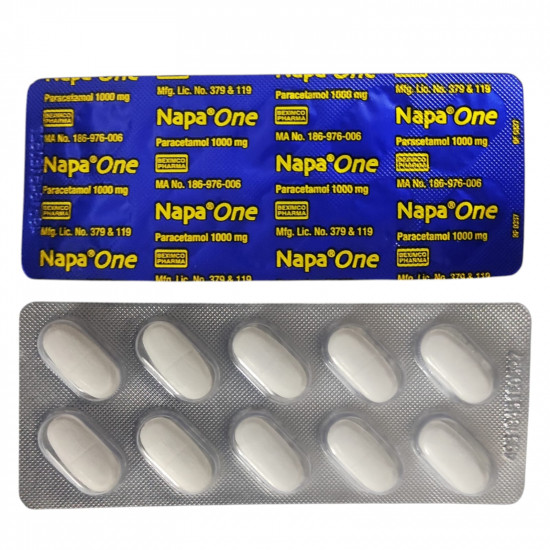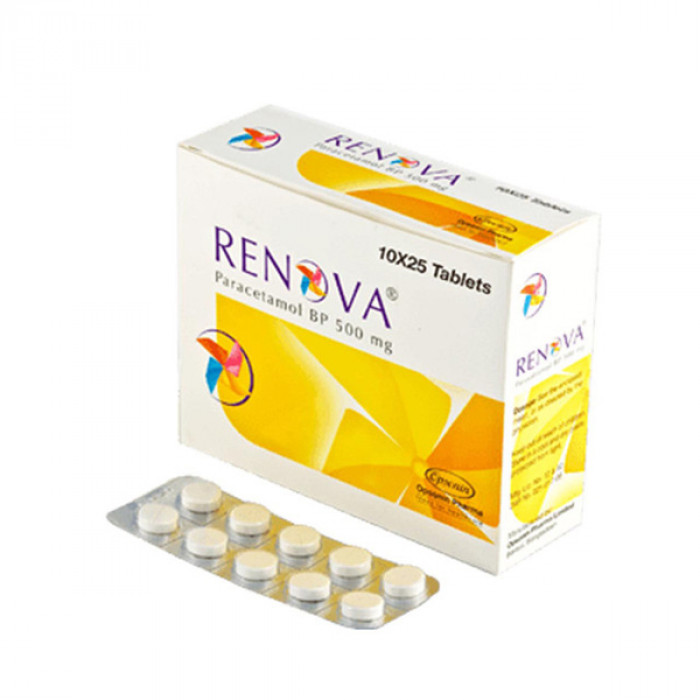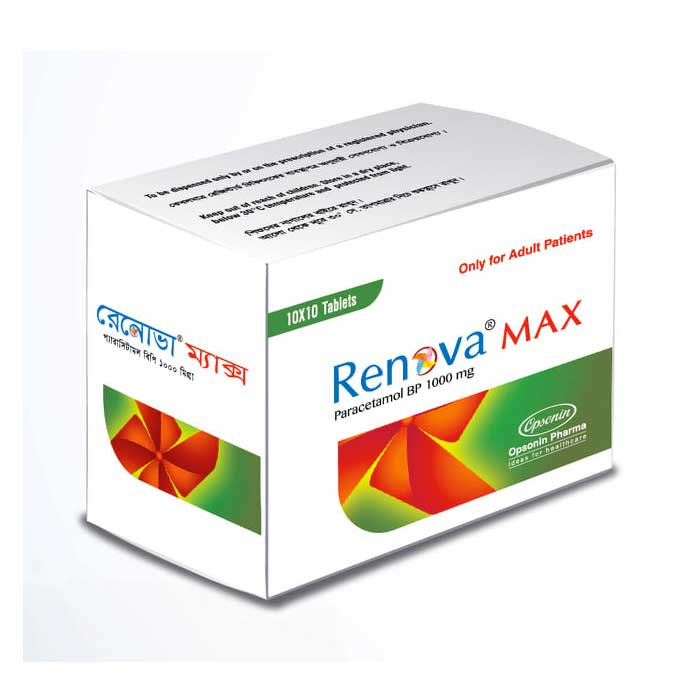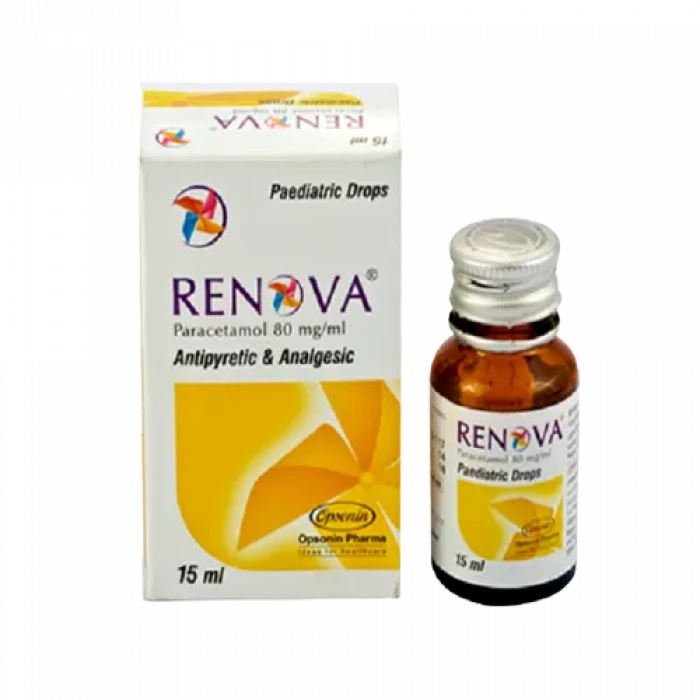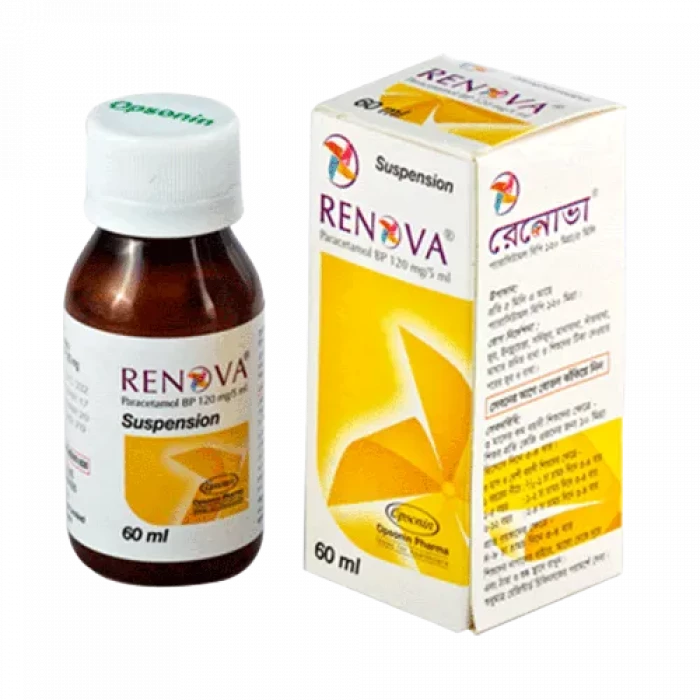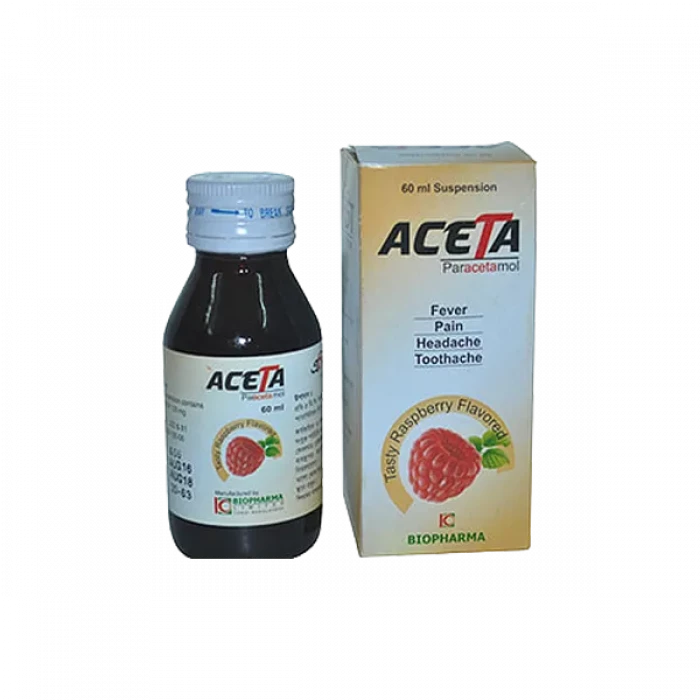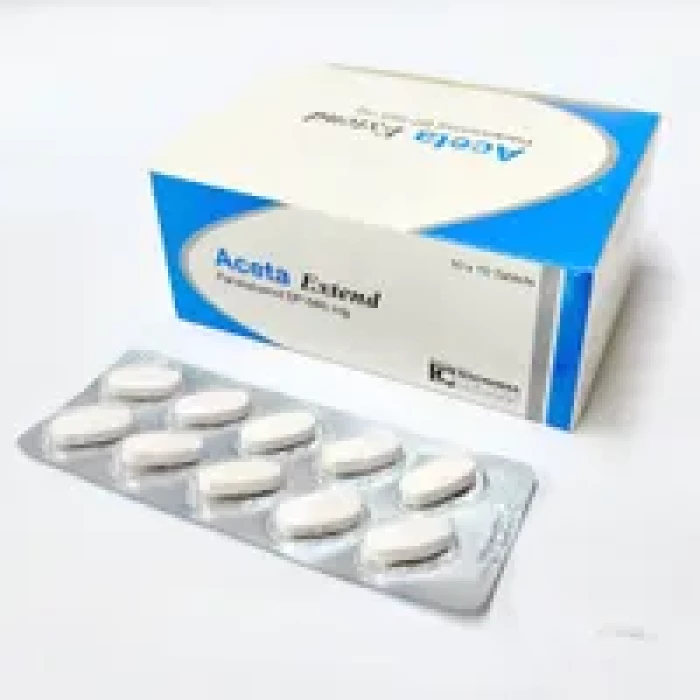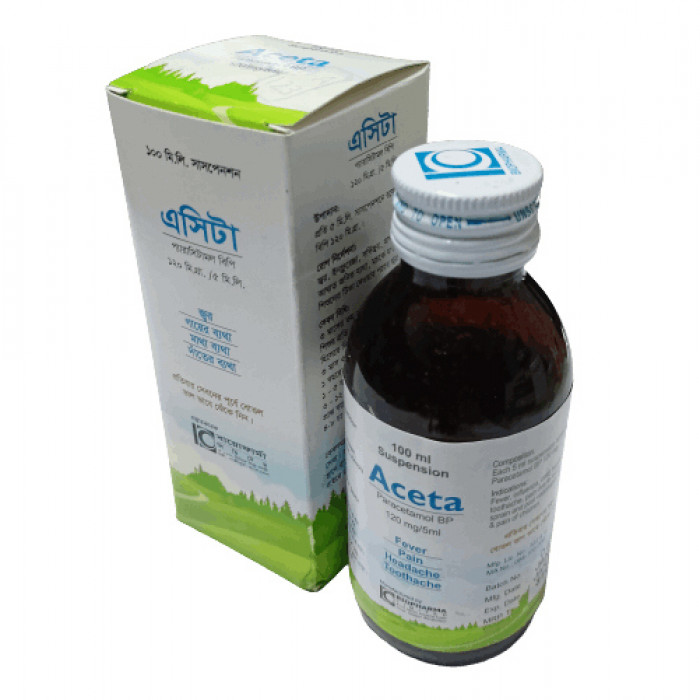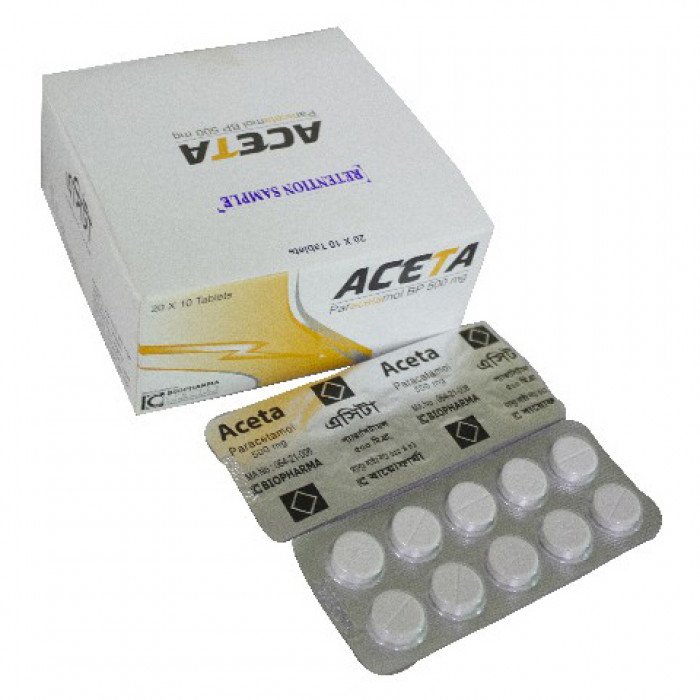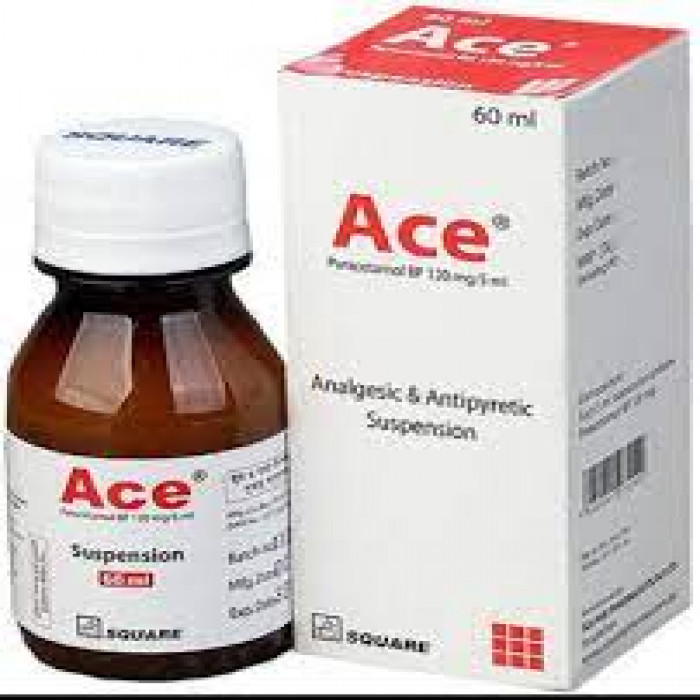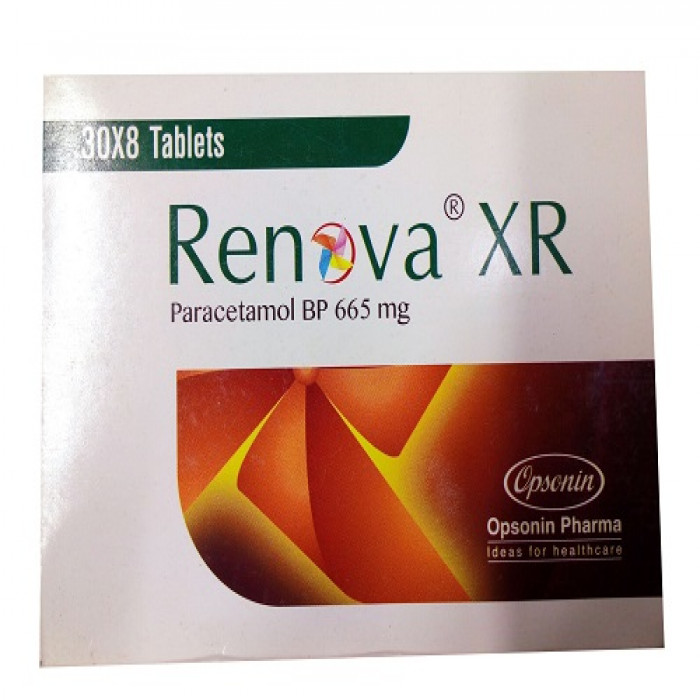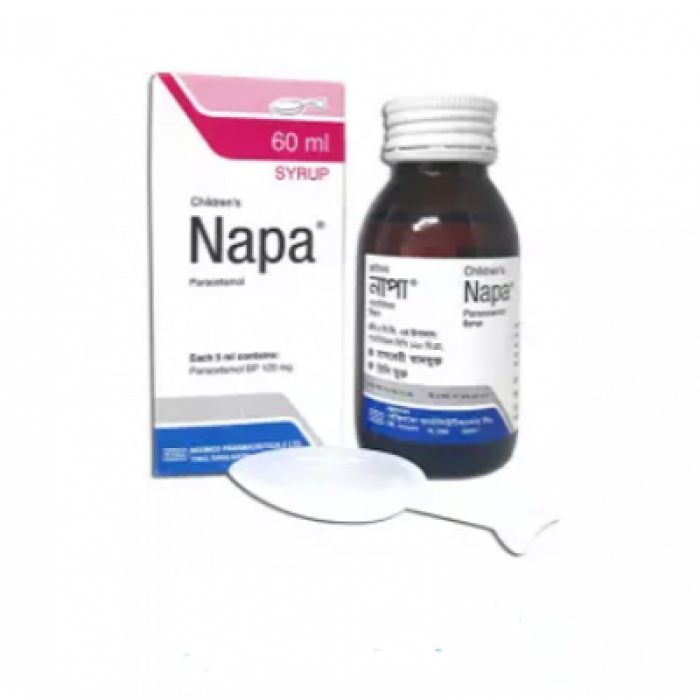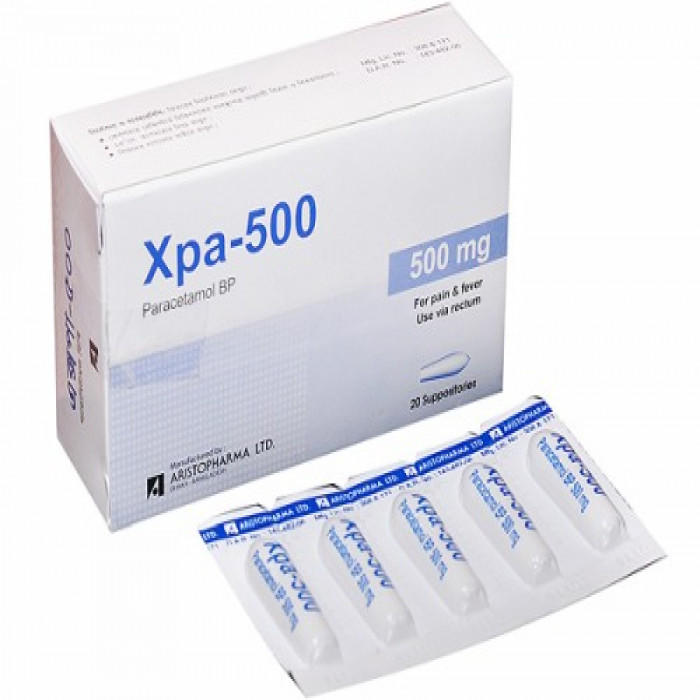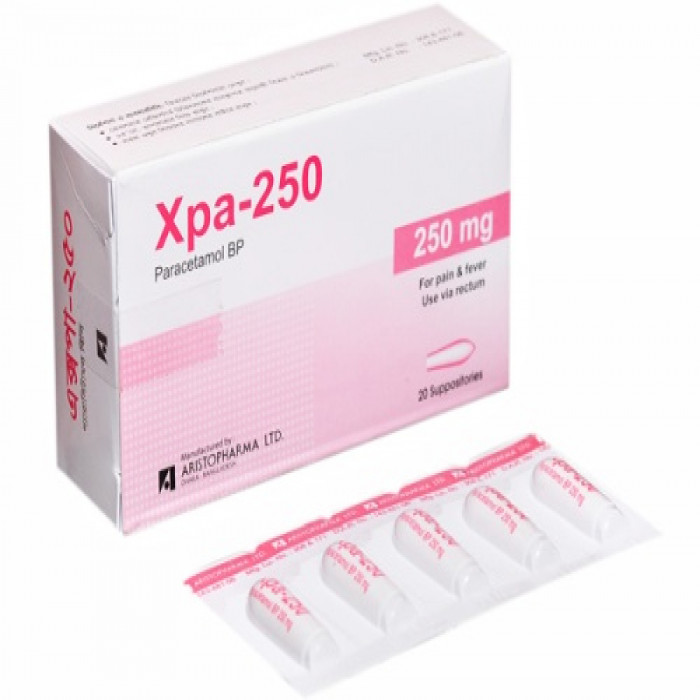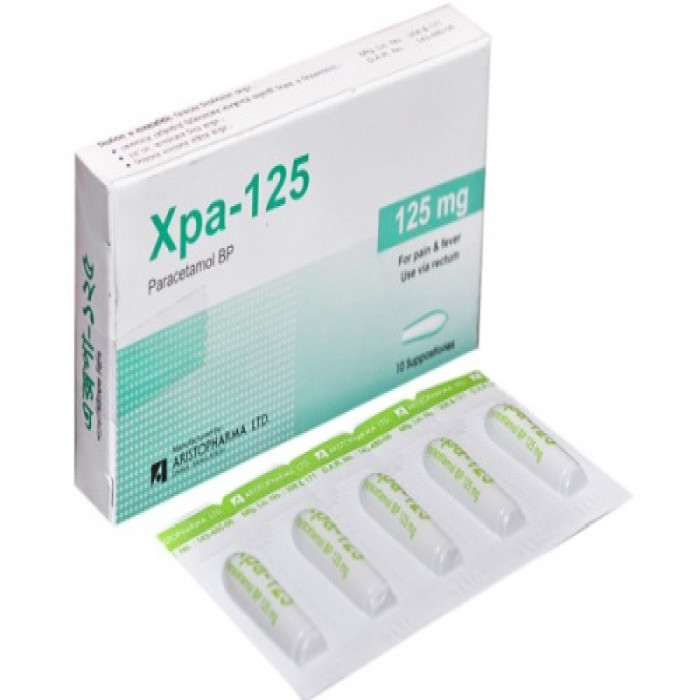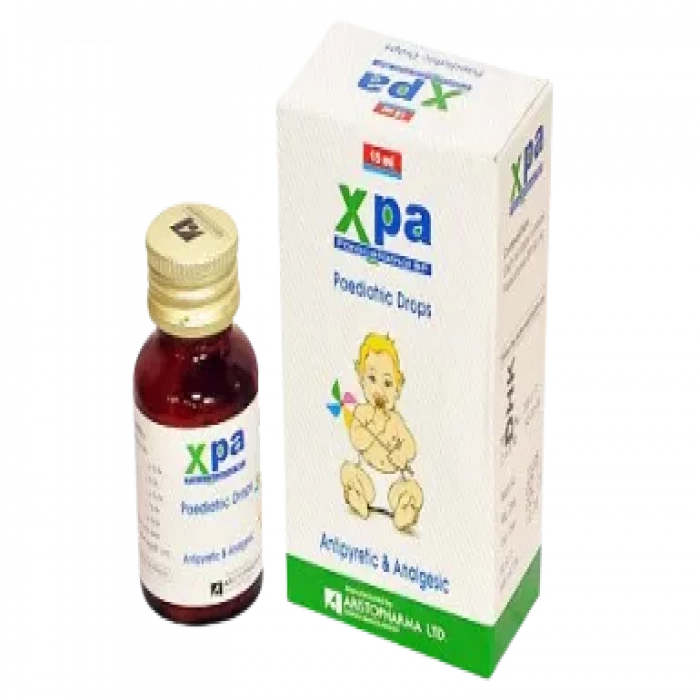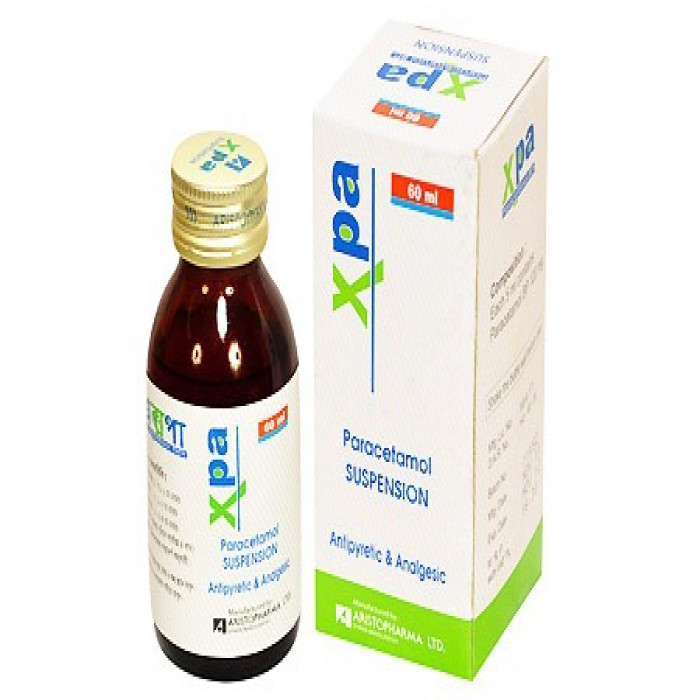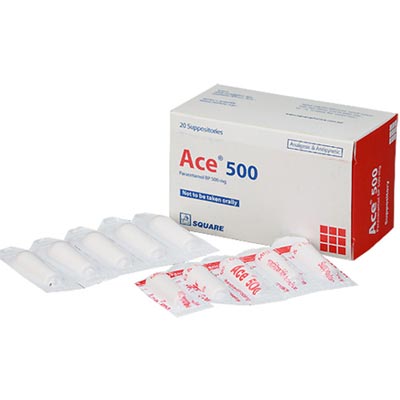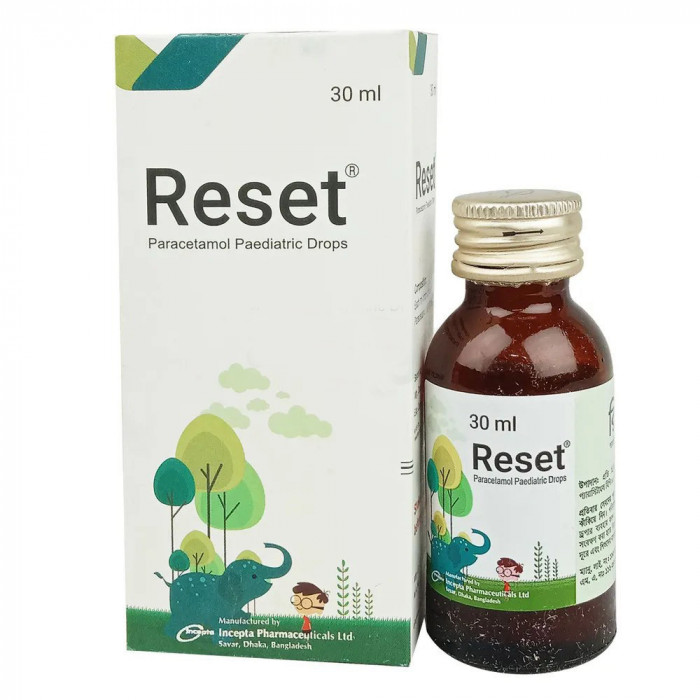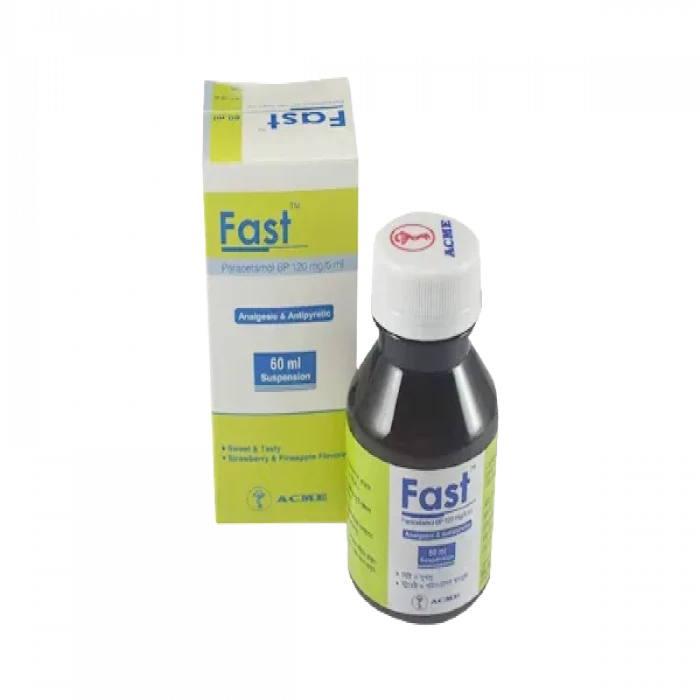
✔ 100% Authentic Product
👁️ Currently Viewing 3086
Fast Suspension is used for the following purposes:
- Relief from symptoms of cold, flu, and fever
- Alleviation of mild to moderate pain, including:
- Headache
- Migraine
- Nerve pain
- Toothache
- Sore throat
- General aches and pains
Discount
Price: ৳ 33
MRP:
৳
35
5%
Off

100% Genuine Products, Guaranteed

Safe & Secure Payments, Always

Fast, Secure & Efficient Delivery

Proper Packaging
 Cash on Delivery - All over Bangladesh
Cash on Delivery - All over Bangladesh Regular Delivery - 12-24 Hours, Dhaka City* Charge Tk.39-59
Regular Delivery - 12-24 Hours, Dhaka City* Charge Tk.39-59 Regular Delivery - 24-48 Hours, Other Cities* Charge Tk.99-110
Regular Delivery - 24-48 Hours, Other Cities* Charge Tk.99-110
 ফ্রি ডেলিভারিঃ - ৯৯৯ টাকা+ অর্ডারে, ঢাকা
শহরে
ফ্রি ডেলিভারিঃ - ৯৯৯ টাকা+ অর্ডারে, ঢাকা
শহরে ফ্রি ডেলিভারিঃ - ২৯৯৯ টাকা+ অর্ডারে, ঢাকার
বাহিরে
ফ্রি ডেলিভারিঃ - ২৯৯৯ টাকা+ অর্ডারে, ঢাকার
বাহিরে
100% Genuine Products, Guaranteed
Safe & Secure Payments, Always
Fast, Secure & Efficient Delivery
Proper Packaging
 Cash on Delivery - All over Bangladesh
Cash on Delivery - All over Bangladesh Regular Delivery - 12-24 Hours, Dhaka City* Charge Tk.39-59
Regular Delivery - 12-24 Hours, Dhaka City* Charge Tk.39-59 Regular Delivery - 24-48 Hours, Other Cities* Charge Tk.99-110
Regular Delivery - 24-48 Hours, Other Cities* Charge Tk.99-110 ফ্রি ডেলিভারিঃ - ৯৯৯ টাকা+ অর্ডারে, ঢাকা
শহরে
ফ্রি ডেলিভারিঃ - ৯৯৯ টাকা+ অর্ডারে, ঢাকা
শহরে ফ্রি ডেলিভারিঃ - ২৯৯৯ টাকা+ অর্ডারে, ঢাকার
বাহিরে
ফ্রি ডেলিভারিঃ - ২৯৯৯ টাকা+ অর্ডারে, ঢাকার
বাহিরে
✅ Description:
Fast Suspension is a commonly used painkiller that effectively alleviates various types of aches and pains. Its mechanism of action involves blocking chemical messengers in the brain responsible for signaling pain. It proves effective in treating pain associated with:
- Headache
- Migraine
- Nerve pain
- Toothache
- Sore throat
- Menstrual pains
- Arthritis
- Muscle aches
When taken at the prescribed dosage, Fast Suspension rarely causes side effects. To maximize its benefits, it's essential to adhere to the prescribed dosage regimen. Avoid exceeding the recommended dose or duration of treatment, as doing so can pose risks. It's advisable to take the lowest effective dose for the shortest duration necessary.
Fast Suspension for Treatment of Fever:
Fast Suspension is also employed to reduce high temperatures associated with fever. It achieves this by inhibiting the release of specific chemical messengers responsible for triggering fever. This medication may be prescribed alone or in combination with other medicines.
✔️ Uses of Fast Suspension
- Pain relief
- Treatment of Fever
✔️ How does Fast Suspension work?
The active ingredient in Fast Suspension is paracetamol. Paracetamol functions by:
- Providing analgesic effects to reduce pain
- Offering antipyretic effects to lower fever
Paracetamol achieves this by inhibiting the effects of prostaglandin, a substance produced during injury and inflammation that causes pain and increases body temperature. Furthermore, it blocks pain signals transmitted between the brain and nerve endings.
✔️ Side Effects of Fast Suspension
- Indigestion
- Stomach pain
- Nausea
- Vomiting
✔️ Quick Suggestions:
- Give Fast Suspension to your child with food or milk to prevent an upset stomach.
- Your child should not take more than four doses of this medicine in 24 hours, so wait up to 6 hours between doses.
- Never give any other medicine formulation containing paracetamol along with this medicine as that may lead to serious side effects.
- Inform the doctor if your child has liver disease as the dose may need to be adjusted.
- If Fast Suspension does not seem to be helping your child, contact your doctor for advice. Do not give extra doses.
✔️ Indication
Fast is prescribed for the following conditions:
- Fever
- Common cold and influenza
- Headache
- Toothache
- Earache
- Bodyache
- Myalgia (muscle pain)
- Neuralgia (nerve pain)
- Dysmenorrhoea (menstrual cramps)
- Sprains
- Colic pain
- Back pain
- Post-operative pain
- Postpartum pain
- Inflammatory pain
- Post-vaccination pain in children
Additionally, it is indicated for:
- Rheumatic pain
- Osteoarthritic pain
- Stiffness of joints
✔️ Pharmacology
Paracetamol, also known as acetaminophen, exhibits analgesic and antipyretic properties with minimal anti-inflammatory effects. Within the central nervous system (CNS), paracetamol is believed to primarily increase the pain threshold. It achieves this by inhibiting the activity of cyclooxygenase enzymes, including COX-1, COX-2, and COX-3, which are involved in the synthesis of prostaglandins (PGs). Prostaglandins are substances produced during injury and inflammation that contribute to pain perception and fever.
Paracetamol, a para aminophenol derivative, is renowned for its analgesic and antipyretic efficacy and is among the most widely used medications for pain relief. It acts swiftly, is well-tolerated, and is associated with fewer side effects compared to aspirin and other nonsteroidal anti-inflammatory drugs (NSAIDs).
✔️ Dosage Guidelines for Syrup/Suspension:
- Children under 3 months: 10 mg/kg body weight (reduce to 5 mg/kg if jaundiced), administered 3 to 4 times daily.
- Children aged 3 months to under 1 year: Administer ½ to 1 teaspoonful of syrup/suspension 3 to 4 times daily.
- Children aged 1 to 5 years: Administer 1 to 2 teaspoonfuls of syrup/suspension 3 to 4 times daily.
- Children aged 6 to 12 years: Administer 2 to 4 teaspoonfuls of syrup/suspension 3 to 4 times daily.
- Adults: Administer 4 to 8 teaspoonfuls of syrup/suspension 3 to 4 times daily.
✔️ Administration:
Always administer Fast Suspension according to the instructions provided by your physician. The dosage typically depends on the child’s body weight, age, and health condition. It is important not to give Fast Suspension if your child is known to be hypersensitive to paracetamol. Additionally, avoid using it with other products containing paracetamol. Shake the suspension well before use and utilize a measuring cup to ensure the correct dosage.
✔️ Interaction
- Barbiturates, Tricyclic Antidepressants
- Chronic Ingestion of Anticonvulsants or Oral Steroid
✔️ Contraindications
It is contraindicated in known hypersensitivity to Paracetamol.
✔️ Pregnancy & Lactation
Pregnancy: Epidemiological studies in human pregnancy have not demonstrated any adverse effects due to Paracetamol when used in recommended dosages. However, pregnant patients should adhere to their doctor's advice regarding the use of Paracetamol during pregnancy.
Lactation: Paracetamol is excreted in breast milk but not in clinically significant amounts. Published data do not contraindicate breastfeeding while using Paracetamol.
✔️ Precautions & Warnings
- Renal or Hepatic Impairment
- Dosage Limitation
✔️ Overdose Effects of Fast Suspension
- Liver Damage: Liver damage can occur in adults who have ingested 10 g or more of Fast. Ingestion of 5 g or more may also lead to liver damage if the patient has certain risk factors.
- Risk Factors for Liver Damage: Liver damage may occur if the patient is on long-term treatment with medications such as Carbamazepine, Phenobarbitone, Phenytoin, Primidone, Rifampicin, St John’s Wort, or other drugs that induce liver enzymes. Regular consumption of excess Ethanol or being likely to be Glutathione depleted (e.g., due to eating disorders, cystic fibrosis, HIV infection, starvation, cachexia) are also risk factors.
Symptoms of Overdose:
Symptoms of Fast overdose within the first 24 hours include pallor, nausea, vomiting, anorexia, and abdominal pain. Liver damage may become apparent 12 to 48 hours after ingestion. Abnormalities in glucose metabolism and metabolic acidosis may occur.
In severe poisoning, hepatic failure may progress to encephalopathy, hemorrhage, hypoglycemia, cerebral edema, and death. Acute renal failure with acute tubular necrosis, indicated by loin pain, hematuria, and proteinuria, may develop even without severe liver damage. Cardiac arrhythmias and pancreatitis have also been reported.
Treatment:
Immediate treatment is crucial in managing Fast overdose. Consideration should be given to treatment with activated charcoal if the overdose occurred within 1 hour. Plasma Fast concentration should be measured at 4 hours or later after ingestion, as earlier concentrations may be unreliable.
Treatment with N-acetylcysteine may be used up to 24 hours after ingestion, with the maximum protective effect obtained within 8 hours post-ingestion. Intravenous N-acetylcysteine should be administered according to the established dosage schedule.
If vomiting is not an issue, oral Methionine may be a suitable alternative, particularly in remote areas outside the hospital.
Management of patients presenting with serious hepatic dysfunction beyond 24 hours from ingestion should be discussed with the National Poisons Information Service (NPIS) or a liver unit.
✔️ Storage Conditions:
Keep in a dry place away from light and heat. Keep out of the reach of children.
⚠️Disclaimer:
At ePharma, we’re committed to providing accurate and accessible health information. However, all content is intended for informational purposes only and should not replace medical advice from a qualified physician. Please consult your healthcare provider for personalized guidance. We aim to support, not substitute, the doctor-patient relationship.




